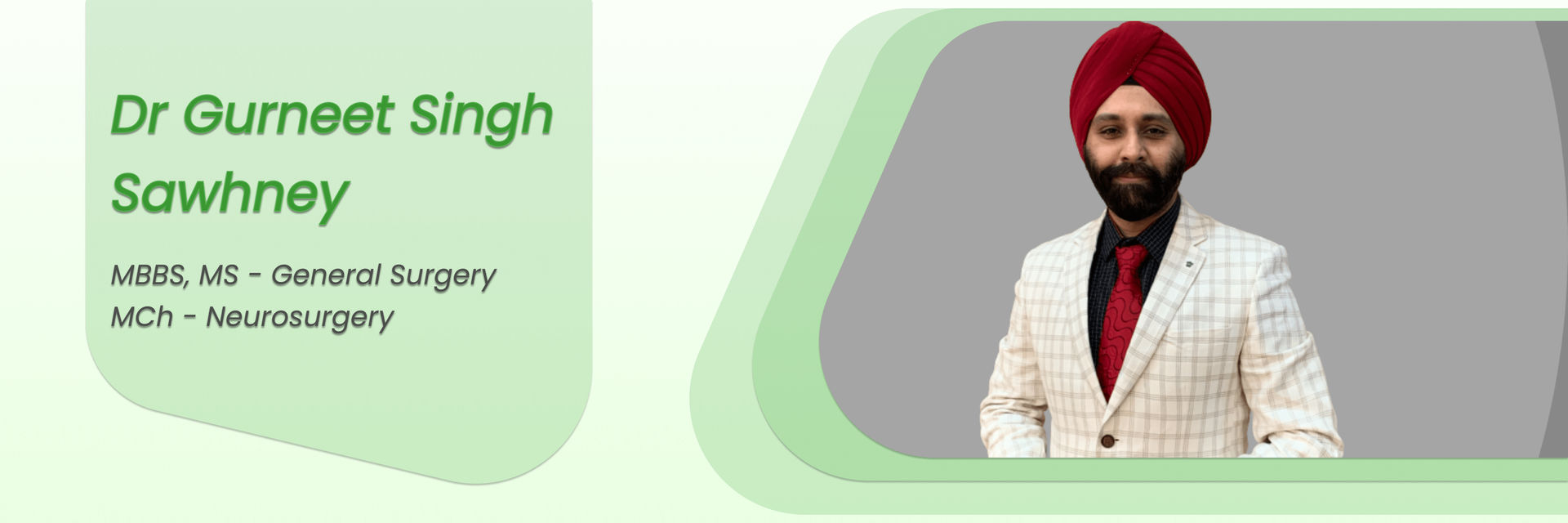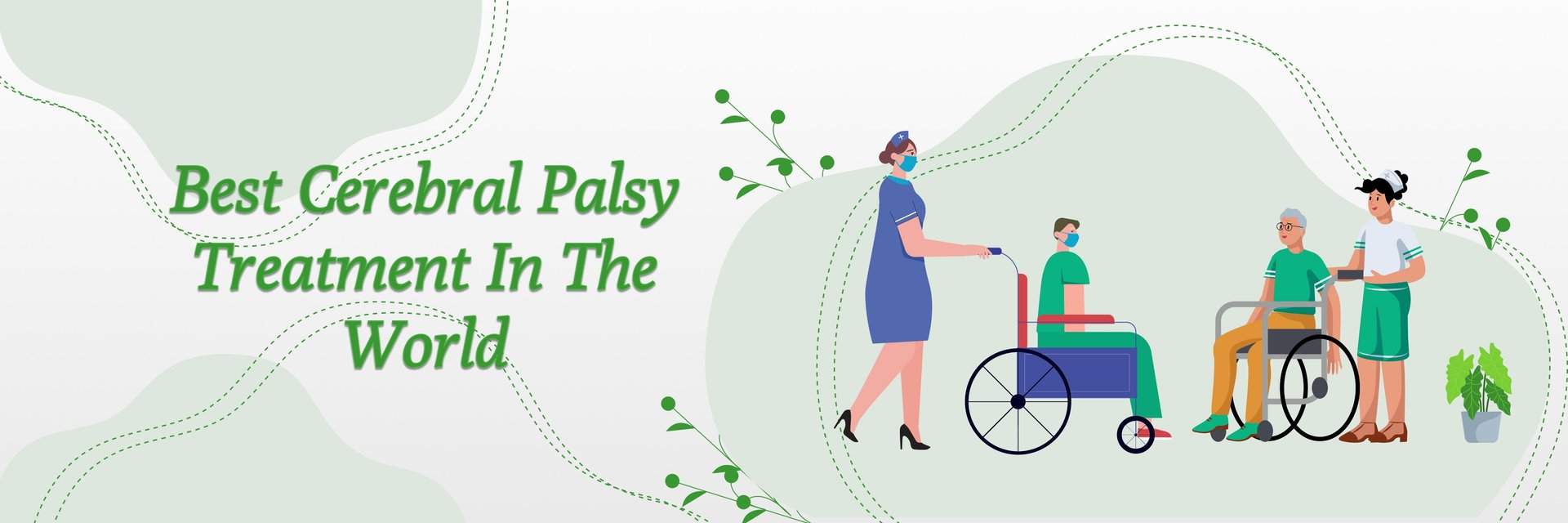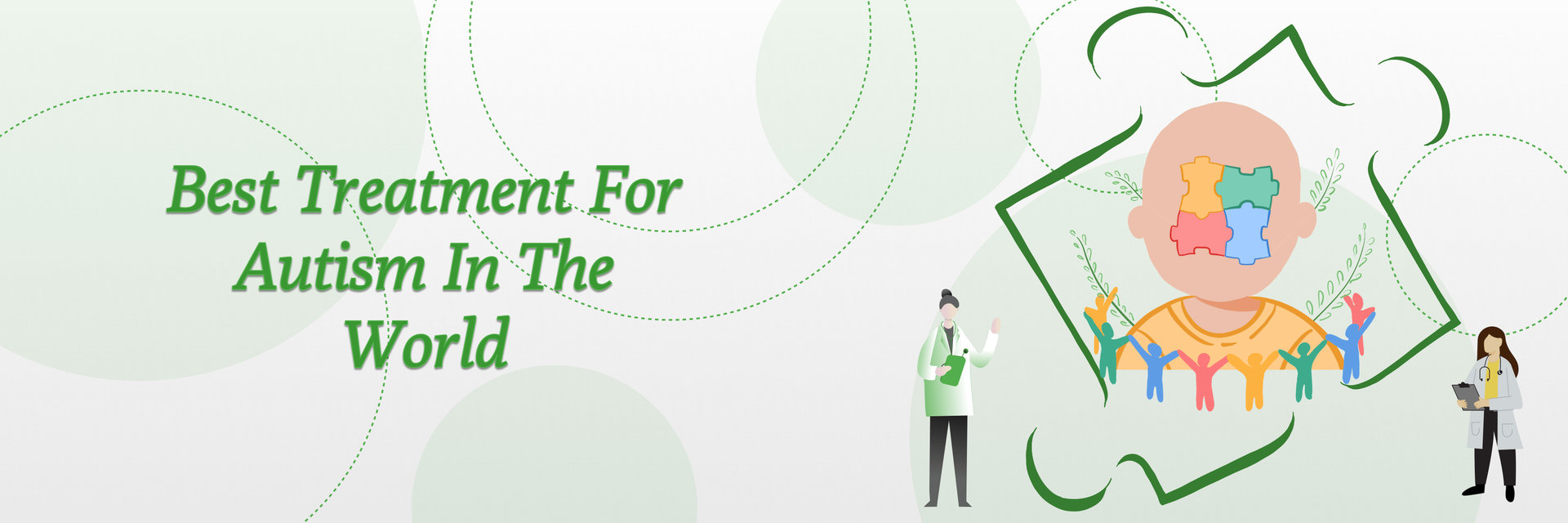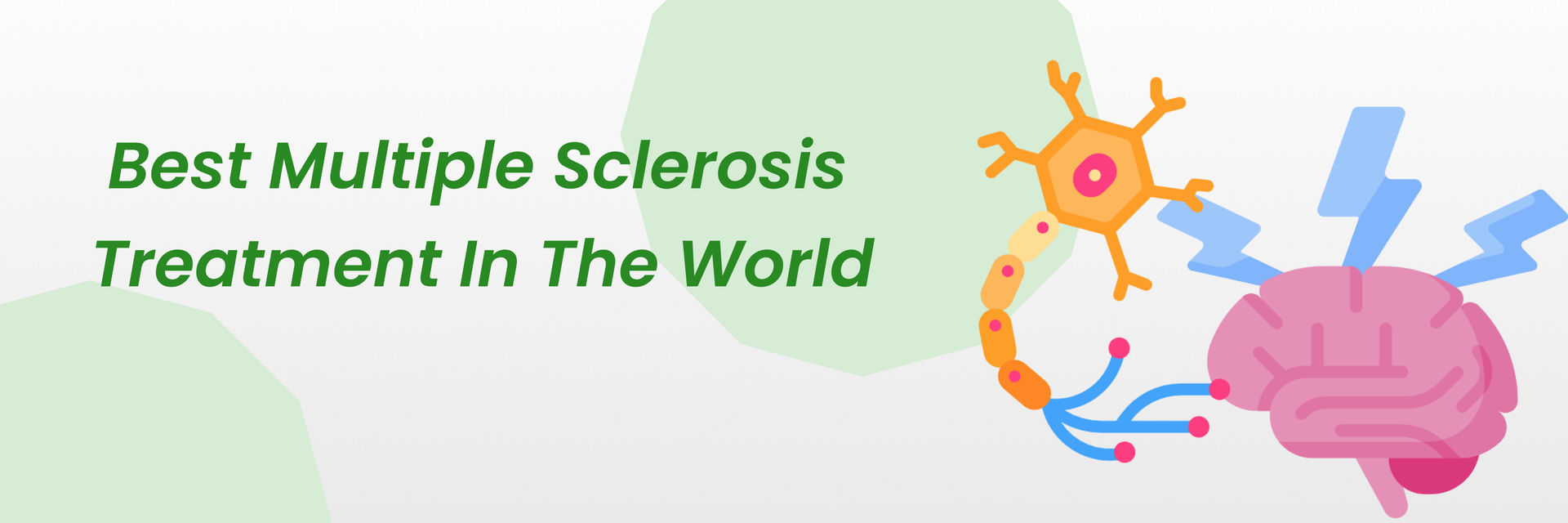Introduction
Traumatic Brain Injury (TBI) is a very hazardous and mostly life-changing condition that impacts millions of people across the globe. It might be due to anything ranging from a collision, a sports accident, a blow on the head, or a fall. The impact of TBI may vary from mild impairment of thinking to complete physical disability and permanent brain damage. Despite advances in conventional treatments, there is no definitive TBI cure available today that can restore completely lost abilities. However, recent advances in Stem Cell Research are providing new hope for patients and their families. Perhaps one of the most promising breakthroughs is the use of stem cell treatment to repair and regenerate damaged brain tissue, through mesenchymal stem cells and other types of staminal cell therapy. Connect with the best medical professionals if you want to learn in-depth about stem cell therapy. As the medical science investigates this new treatment, it is informative to know how it operates, what the challenges are, and what the future holds.
What Is Traumatic Brain Injury (TBI)?
TBI refers to any type of head injury that interrupts normal brain function. It may be caused by falls, auto accidents, sports-related injuries, or violent blows. It often causes different forms of brain damage, including cerebrum damage, concussion, and skull fracture. TBI is mostly classified as mild, moderate, or severe based on the severity and symptoms. The typical signs of disorders of the brain can be memory loss, problems with speech, behavior changes, mood disorders, and motor impairment. In the worst of cases, symptoms of head injury can include loss of consciousness, seizures, or even coma. Aside from brain injuries, care for associated conditions such as spinal cord injury treatment, fracture bone treatment, and hand injury treatment is usually needed. Traditional treatment for head injury is with medications, surgeries, and physical therapies, but a lot of it merely treats symptoms and doesn't cure them.

Why Consider Stem Cell Therapy?
While traditional treatments are concerned with keeping the patients stable and causing no further harm, they do nothing to tackle the root of the problem—permanent loss of brain tissue. Stem cell therapeutics bridge this gap. Stem cells, particularly mesenchymal stem cells, have the extraordinary characteristic of differentiating into any category of cell, which includes neurons and glial cells. Their capacity to regenerate makes them a valuable candidate for the treatment of brain injury. Stem cell therapy could possibly contribute to neurodegeneration, the mitigation of inflammation, and the rehabilitation of neurological function. To patients with longstanding complications from TBI, staminal cells provide an accessible pathway to enhance their quality of life. In addition to that, stem cell banking is becoming an increasingly popular choice for families so that they have access to customized treatments in the future. As Stem Cell Research advances, this area is also starting to offer solutions where medicine has fallen short in the past. If you are considering stem cell therapy as a viable option, you can book a doctor video consultation on our platform in just a few clicks.
Categories Of Stem Cells Used
There are many categories of stem cells that are being studied and used while treating brain injury. The most frequently employed are mesenchymal stem cells (MSCs), which are found in bone marrow, fatty tissue, or umbilical cords. They are employed as they possess anti-inflammatory activity, are readily available, and have minimal immune rejection risks. Another future source is neural stem cells that are capable of forming new brain cells. Other research has investigated the application of induced pluripotent stem cells (iPSCs), which are generated in the laboratory from adult cells and reprogrammed to act like embryonic stem cells.
Staminal cell therapy employing these varied sources is being embraced as a core element of neurodegenerative medicine.
With stem cell storage and stem cell preservation centers being readily available, parents are currently choosing to store cells upon birth so these facilities can be easily used when future medical care is needed for head injury, cerebrum injury, or even spinal cord damage repair.
How Do Stem Cells Work In Brain Repair
The mechanism by which stem cell therapeutics operate in TBI repair is just fascinating. When mesenchymal stem cells are infused into the body, intravenously or intracerebrally, they migrate to the site of injury. There, they secrete growth factors and cytokines that heal the site. These inhibit inflammation, neovascularization, and neuron activation, promoting healing.
In other instances, the stem cells get integrated into the brain's neural network and function as intrinsic cells. This regenerative capability is a key aspect when treating serious injuries such as cerebrum injury or diffuse axonal injury. The treatment has also been demonstrated to possess potential in avoiding secondary injury brought on by the primary trauma, for example, oxidative stress and inflammation. The overall approach renders staminal cell treatment a revolution in seeking a true TBI cure.
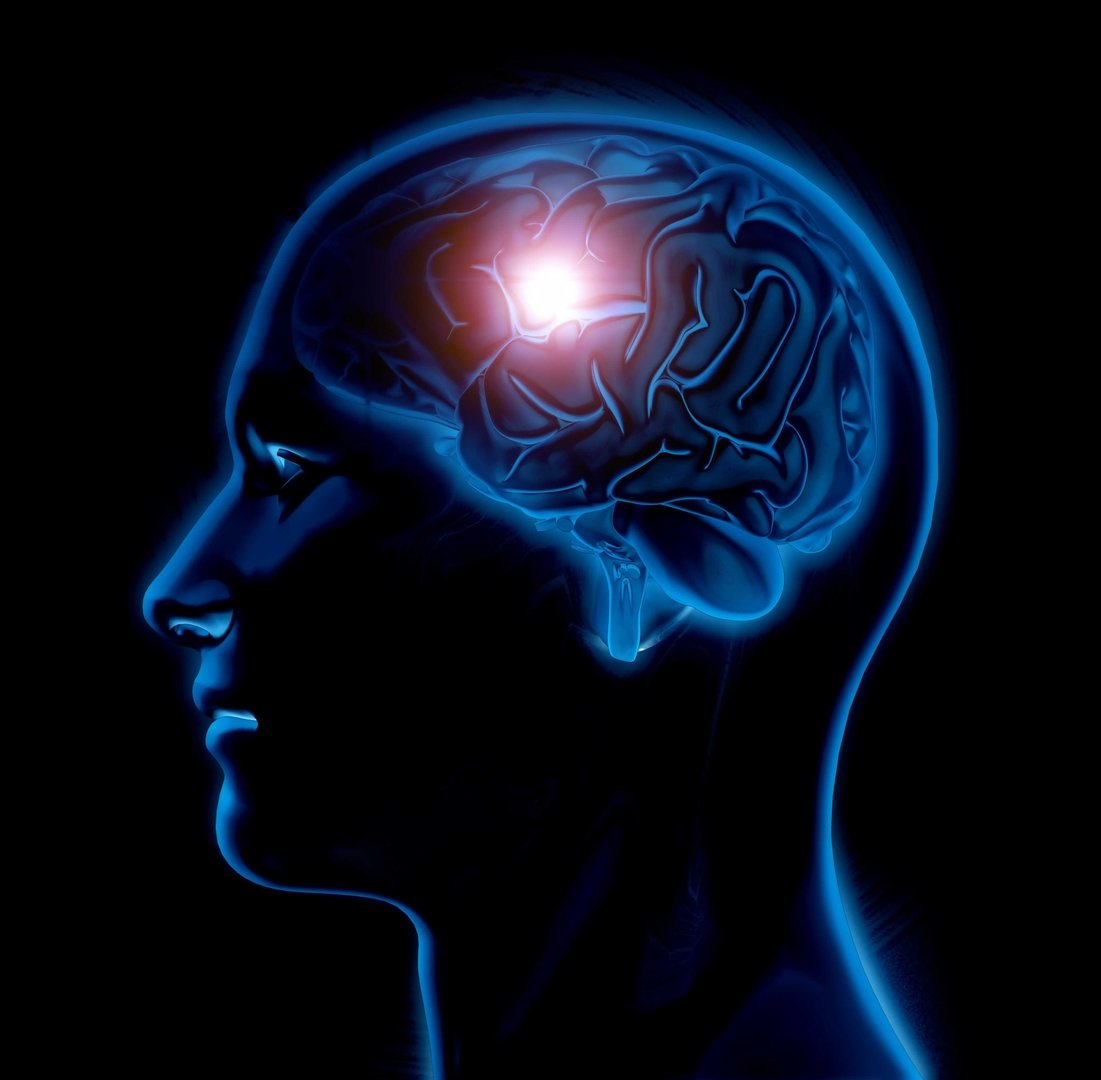
Safety, Risks & Ethical Issues
Though stem cell therapy is promising, there are risks and ethical concerns to be considered. The introduction of alien cells to the brain carries with it the risk of immune reactions, infection, or malignant growth of tissue. Long-term effects and universal protocols are the focus of continued clinical trials. Ethically, embryonic stem cell use is contentious, but mesenchymal and cord blood stem cells are less so.
There should be transparency, informed consent, and government regulation to prevent misuse of the therapy. Apart from this, not every staminal cell therapy center is real, and clients should be careful not to be misled by unsubstantiated claims. As it stands, Stem Cell Research is moving in the direction of more ethical, efficient, and economical methods. As stem cell banking becomes routine, so does debate over the cost of stem cell preservation and its worth to future generations.
Limitations & Challenges
Even with all of its lofty promises, stem cell therapy for TBI is not without some challenges. To begin with, it is still mostly experimental, and with so many treatments in the queue for approval from the authorities. Treatment price, as well as stem cell storage cost, may be prohibitively expensive for certain families. Brain complexity guarantees that the identification of precise locations of treatment and guaranteeing that stem cells integrate with the best results is still a problem.
Promising first-stage trials notwithstanding, there is plenty of clinical data yet to be decided. And that's the problem of patient heterogeneity—the same thing will work for one patient but not another because of differences in genes, severity of injury, or timing of treatment. And with everybody going to the Internet and grabbing onto sophisticated searching tools to obtain more information, misinformation is king, making the patient experience even more complicated.

Future Scope Of Treatment
The horizons of the future for stem cell treatment in brain injury recovery are optimistic short term. Gene editing, scaffold technology, and 3D bioprinting technology can soon facilitate more precise and efficient repair of brain tissue. Scientists are also studying staminal cell therapy along with neurorehabilitation programs, physical therapy, and cognitive stimulation to achieve optimal outcomes. As the cost of stem cell preservation and stem cell storage is reduced, such procedures will increasingly become within reach for ordinary citizens. Governments as well as private individuals are investing heavily in Stem Cell Research, an act that indicates a global trend towards mainstreaming the modern-age therapy. Merging AI with sophisticated search algorithms is also assisting scientists in pattern recognition and protocol fine-tuning, accelerating breakthroughs. In the coming decade, we will witness customized stem cell therapy for every patient based on his/her individual genetic and trauma history.
Pragmatics For Patients
For patients and families who are looking into stem cell therapy, there are a few pragmatics to consider. First and foremost, it is important to speak with qualified medical doctors and ensure that the hospital operates according to ethical and scientific guidelines. It's also important to know the nature of the injury—laceration wound, hand injury, or complex cerebrum injury—to choose the right course of treatment. Second, ask what kind of stem cells were used, where they were sourced, and how and where they were injected. Fees can differ significantly, and finding out the price of stem cell storage and the cost of stem cell preservation upfront simplifies budgeting. Third, inform patients that although stem cell therapeutics are an advancement, it's not necessarily a guarantee. Rehabilitation, dietary changes, and follow-up care are typically required. Lastly, timing is everything—early treatment following head injury or finding evidence of brain problems can result in improved outcomes.
Summary
In summary, stem cell therapy is a new and promising area of treatment for traumatic brain injury. With the promise to not only treat but even reverse some types of brain damage, mesenchymal stem cell-based therapy, staminal cell therapy, and other regenerative therapies are offering hope to millions. As Stem Cell Research continues to advance, and the knowledge of stem cell storage, stem cell preservation, and cost increases gradually, the TBI treatment paradigm is shifting. Of course, issues persist—from cost to ethical concerns—but the movement is unequivocally in the proper direction.
For patients with head injury syndrome, treatment of fractures, or complicated cerebrum trauma, the future may indeed be laid out by the naked potential of stem cells.

